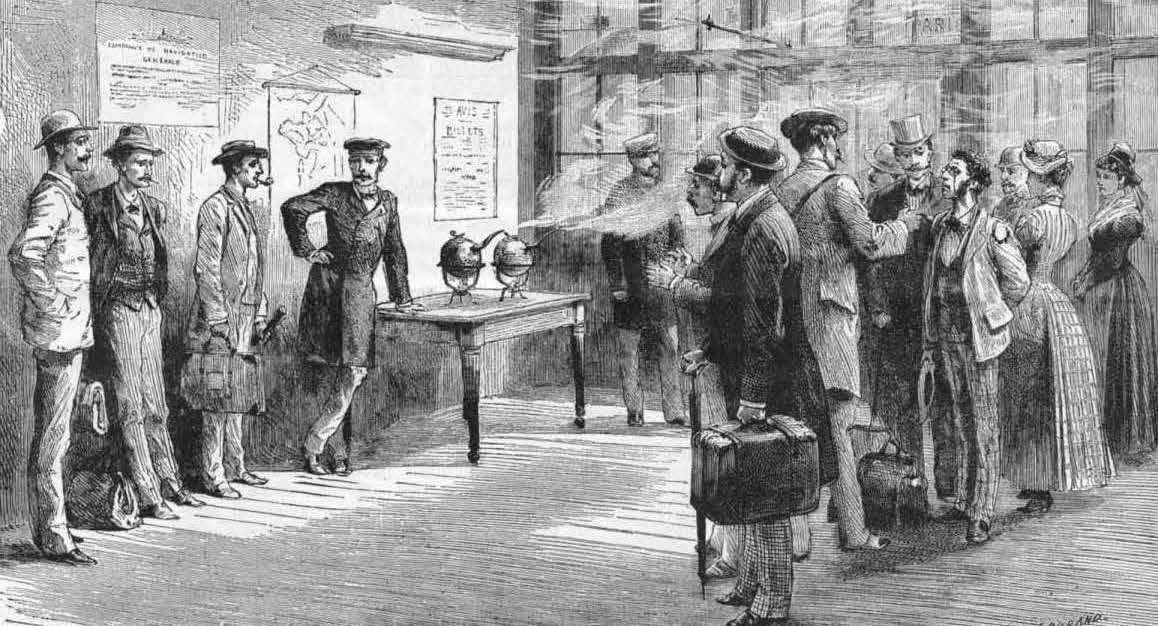This Month in the Archives
| ||
| The Scourge of Cholera | |||
 Annoyed passengers in the Avignon railway station being fumigated during a cholera outbreak. September 1884. | |||
|
|
cat training cat cat breeds siamese cat kittens cat pictures how to potty train a cat cat howling aggressive cat cat tricks cat psychology cat behavior cat using toilet cat care cat symptoms how to train a cat to use the litter box how to train a kitten to use a litter box information about cats how to litter train a kitten how to train your cat how to potty train a kitten how to litter train a cat how to train a kitten how to train a cat kitten training
| ||
| The Scourge of Cholera | |||
 Annoyed passengers in the Avignon railway station being fumigated during a cholera outbreak. September 1884. | |||
|
|
Comments
Post a Comment